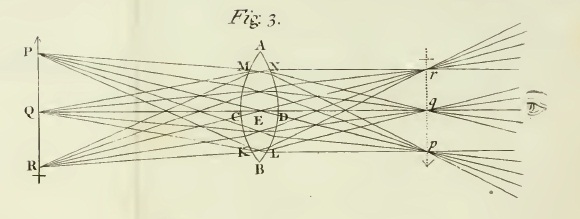
A bit dim: the ruling suggests that tax officials may have little idea what art actually is
Could the ruling on light works and higher import taxes face a legal challenge?
By Cristina Ruiz | From issue 220, January 2011
Published online 13 Jan 11 (Market)
A bit dim: the ruling suggests that tax officials may have little idea what art actually is
london. The art world has reacted with astonishment to a European ruling which has determined that works by Bill Viola and Dan Flavin, when disassembled, should not be considered works of art for tax purposes. Dealers warn that the decision will inhibit the European art trade.
The ruling, which is binding on all EU countries, overturns decisions taken in British and Dutch courts, was made by the European Commission (The Art Newspaper, December 2010, p59) and means that galleries and auction houses will be charged full VAT—as opposed to the much lower import duties which apply to art—when importing disassembled works made from components such as light fittings or household appliances into Europe. For example, UK trade will have to pay 20% tax rate instead of 5%.
This has led to a bizarre situation. While customs authorities can classify works as “wall light fittings” rather than art when considering the import duties (so charging the highest tax rate), the overall tax value can still be based on the works’ value as “sculpture”—inevitably much more expensive than the value of a cheap light fitting.
“The logic does not hold up,” said Sandy Nairne, director of the National Portrait Gallery. He served as an expert witness in the case on which the decision centres. Haunch of Venison gallery had appealed a UK Customs decision to classify six disassembled installations by Bill Viola and a light installation by Dan Flavin as light fittings instead of art. The case, which was heard by a UK tax tribunal in 2008, ruled in Haunch’s favour—and it is this decision which the EC has overturned.
In his testimony, Nairne argued: “We have a history of well over 100 years of art that can appear to be made of ordinary things that have other uses. It is very common for sculptures to be shipped in parts. The fact that the work in transit is not like a work of art could apply to a large bronze figurative sculpture—an Anthony Caro piece would not necessarily travel as a whole sculpture in a single box.” He added: “The question of ‘is this the sculpture?’ is not to do with what it looks like when it is in customs but what it looks like assembled.” Referring to works by Viola and Flavin, Nairne said: “You can’t just take light bulbs out of a household appliance store and make a work of art. The artists specified every minute part of the work’s construction.”
One way around the ruling could be for importers and artists (or their estates) to agree an estimated value of the sculptures at the cost of replacing the component parts. Nairne, however, does not believes this is a satisfactory solution. “Even if works are shipped at replacement value, it still doesn’t change the question on which the ruling turned—which was about a factual definition of what art is.”
“This decision makes no sense,” agreed Matthew Slotover, co-director of London’s Frieze art fair. He suggested that a possible solution could be to import the components of light sculptures as light fittings, but then ascribe value based on the authenticating certificate which customarily accompanies a work of art.
While the European ruling can be challenged in the courts of any member country, it remains to be seen whether any gallery or collector will embark on this expensive legal process given the current financial climate. “Now is not necessarily the time when this ruling will be successfully challenged,” said David Maupin, whose New York gallery Lehmann Maupin represents several artists who work with materials such as neon, film, photography and video.
Christopher Battiscombe, director of the Society of London Art Dealers, describes the ruling as “regrettable” and said it could hinder the EU art trade. However, he added that the society does not have the funds to support an appeal financially, although it would be prepared to support it in other ways.

No hay comentarios:
Publicar un comentario